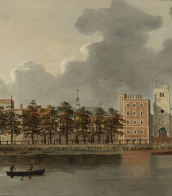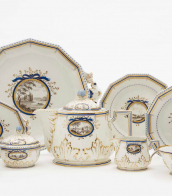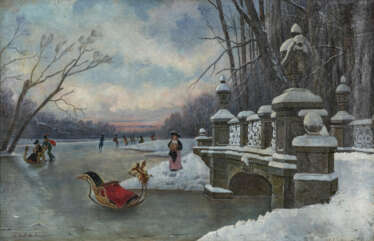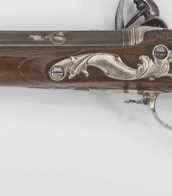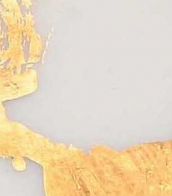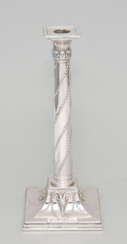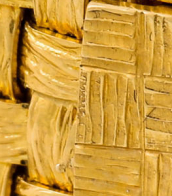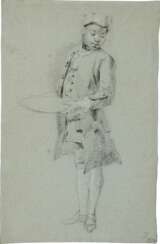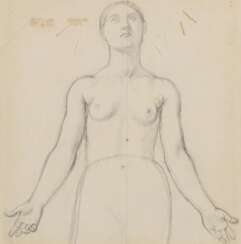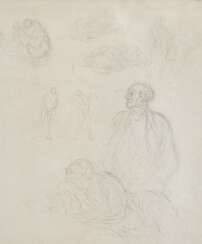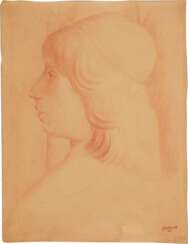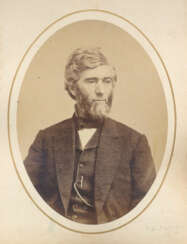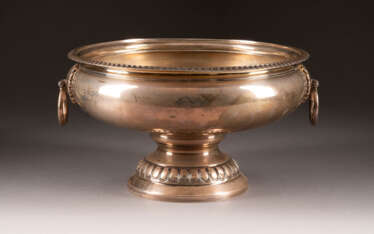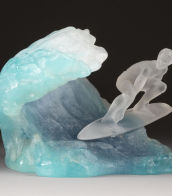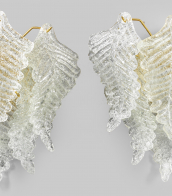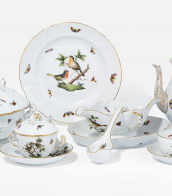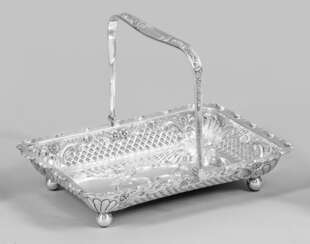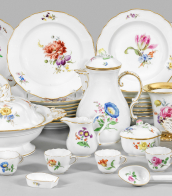fenton
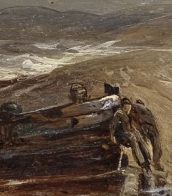

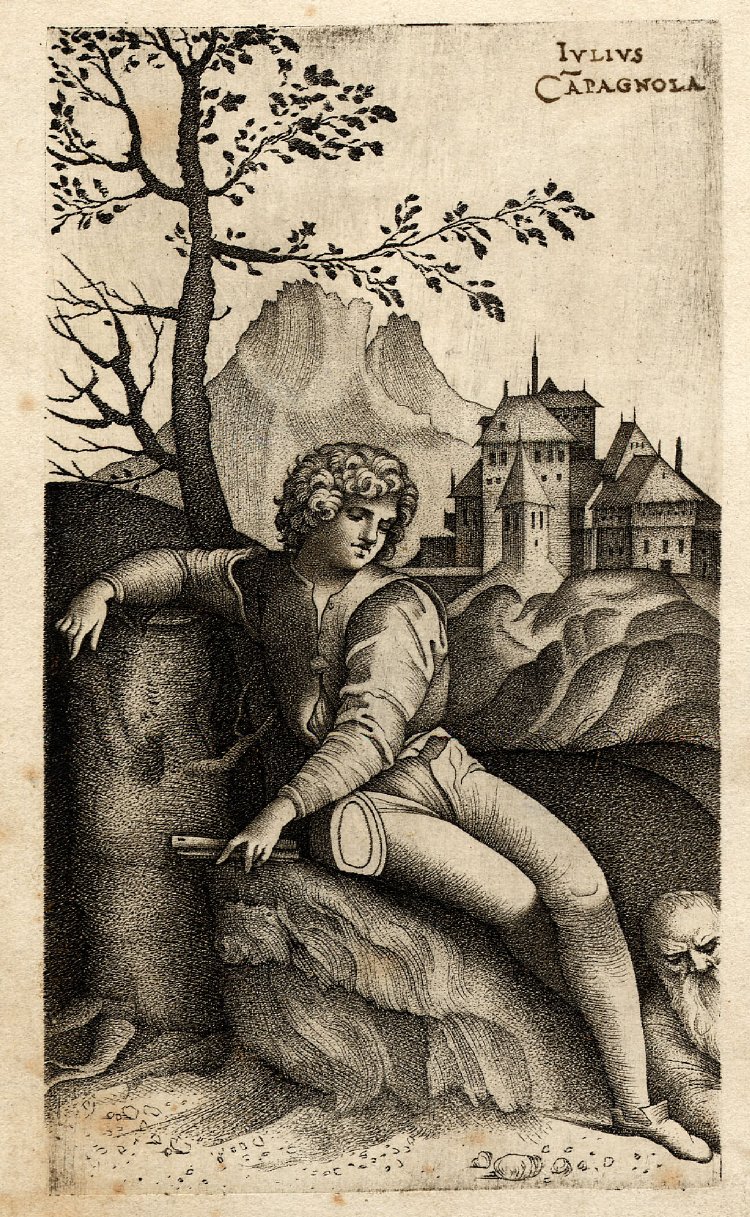
Giulio Campagnola was an Italian engraver, painter and miniaturist. Inventor of the original punctuation technique, which influenced the further development of European letterpress and etching.
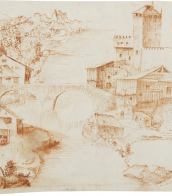
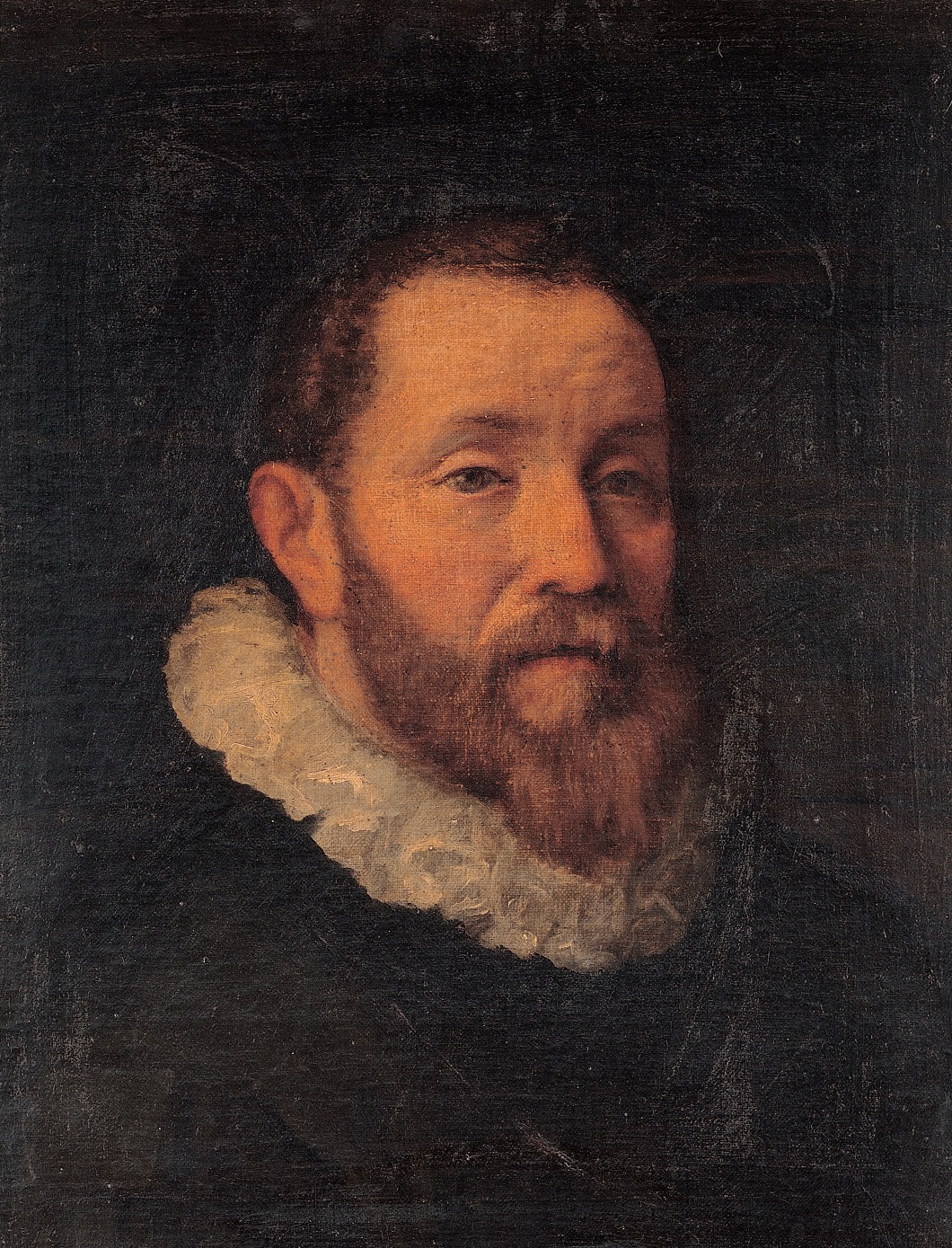
Federico Zuccaro, also known as Federico Zuccari, was an Italian Mannerist painter and architect, active both in Italy and abroad.

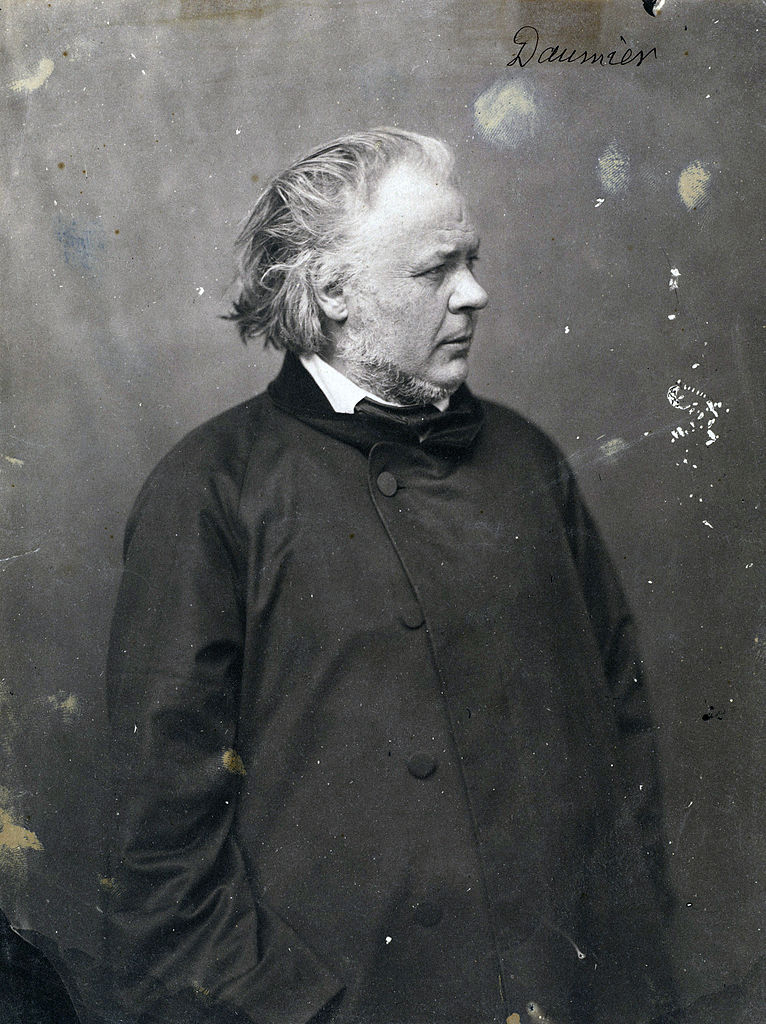
Honoré Daumier, a French artist, is renowned for his profound impact on 19th-century art through his work as a caricaturist, painter, and sculptor. His art, which satirized French politics and society, is celebrated for its insightful commentary on the human condition and the social landscape of his time. While Daumier is perhaps best known for his incisive and humorous lithographs that critiqued the French bourgeoisie and political figures, his contributions to painting and sculpture are equally significant, demonstrating a keen observation of everyday life and a masterful use of expression.
Honoré Daumier's early involvement with lithography, a relatively new printmaking technique at the time, allowed him to produce works that were both accessible and impactful, resonating with a wide audience. His imprisonment in 1832 for his caricature of King Louis Philippe as Gargantua highlights the daring nature of his work and the personal risks he took to express his political views. Despite the challenges he faced, including eventual blindness, Daumier continued to create art that spoke to the societal issues of his day, transitioning to painting and sculpture while maintaining the critical edge that defined his earlier works.
His later years were spent in Valmondois, where he focused more on painting, capturing scenes of daily life with a technique that distanced itself from the caricatural style he was famous for but retained his keen observational skills. Despite his struggles with poverty and illness, Honoré Daumier's legacy endures, with his works housed in prestigious institutions like the British Museum and being recognized for their contribution to the development of modern art, particularly in their influence on Impressionist techniques.
For collectors and enthusiasts of art and antiques, Honoré Daumier's work offers a unique window into 19th-century French society, marked by a blend of humor, social critique, and poignant observation. His diverse body of work, from lithographs to paintings, continues to inspire and provoke thought, making him a pivotal figure in the history of art.
To stay informed about the latest exhibitions, sales, and events related to Honoré Daumier's work, signing up for updates is a valuable way to ensure you don't miss out on the opportunity to engage with the rich legacy of this influential artist.


Edgar Degas, a French artist, was a master of painting, sculpture, and drawing, celebrated for his profound influence on the Impressionist movement despite his preference for being called a realist. Degas was born into a well-off family in Paris, France, and demonstrated a keen interest in art from an early age, eventually shaping his path to become one of the most sophisticated draftsmen of his time. His rigorous academic training and close study of classical art initially aimed him towards a career in history painting, but Degas soon pivoted towards contemporary subject matter, thus cementing his role as a classical painter of modern life.
Degas is renowned for his dynamic portrayals of movement, particularly in his depictions of dancers, racehorses, and everyday Parisian life. His works are characterized by their psychological depth and the isolation of his figures, showcasing his unique ability to capture the essence of his subjects with both empathy and critical distance. More than half of his oeuvre focuses on dancers, reflecting not only his fascination with the ballet but also his innovative approach to composition and form. This focus on the human figure, explored in various media including oil, pastel, and sculpture, underscores Degas's commitment to studying the nuances of human movement and expression.
Degas's artistic career is marked by his experimentation with various techniques and materials, as seen in his bronze sculptures and pastel nudes. One of his most famous sculptures, the study of the young ballet student Marie van Goethem, showcases his pioneering use of real objects in sculpture, a practice that prefigured later artistic innovations. Despite the controversies that sometimes surrounded his work, particularly in his depictions of the female nude, Degas's legacy as an artist who bridged the gap between traditional academic art and the modern movements of the early 20th century remains undisputed.
For collectors and experts in art and antiques, Degas's work offers a fascinating study in the evolution of modern art, highlighting the artist's deep engagement with the cultural and social dynamics of his time. His pieces, whether in the form of paintings, sculptures, or prints, continue to captivate audiences with their complexity, beauty, and innovative spirit.
If you are keen to stay updated on sales and auction events related to Edgar Degas, signing up for updates is a prudent choice. This subscription service ensures that you remain informed about new opportunities to acquire works by this pivotal figure in the art world, without overwhelming you with unnecessary information.


Edgar Degas, a French artist, was a master of painting, sculpture, and drawing, celebrated for his profound influence on the Impressionist movement despite his preference for being called a realist. Degas was born into a well-off family in Paris, France, and demonstrated a keen interest in art from an early age, eventually shaping his path to become one of the most sophisticated draftsmen of his time. His rigorous academic training and close study of classical art initially aimed him towards a career in history painting, but Degas soon pivoted towards contemporary subject matter, thus cementing his role as a classical painter of modern life.
Degas is renowned for his dynamic portrayals of movement, particularly in his depictions of dancers, racehorses, and everyday Parisian life. His works are characterized by their psychological depth and the isolation of his figures, showcasing his unique ability to capture the essence of his subjects with both empathy and critical distance. More than half of his oeuvre focuses on dancers, reflecting not only his fascination with the ballet but also his innovative approach to composition and form. This focus on the human figure, explored in various media including oil, pastel, and sculpture, underscores Degas's commitment to studying the nuances of human movement and expression.
Degas's artistic career is marked by his experimentation with various techniques and materials, as seen in his bronze sculptures and pastel nudes. One of his most famous sculptures, the study of the young ballet student Marie van Goethem, showcases his pioneering use of real objects in sculpture, a practice that prefigured later artistic innovations. Despite the controversies that sometimes surrounded his work, particularly in his depictions of the female nude, Degas's legacy as an artist who bridged the gap between traditional academic art and the modern movements of the early 20th century remains undisputed.
For collectors and experts in art and antiques, Degas's work offers a fascinating study in the evolution of modern art, highlighting the artist's deep engagement with the cultural and social dynamics of his time. His pieces, whether in the form of paintings, sculptures, or prints, continue to captivate audiences with their complexity, beauty, and innovative spirit.
If you are keen to stay updated on sales and auction events related to Edgar Degas, signing up for updates is a prudent choice. This subscription service ensures that you remain informed about new opportunities to acquire works by this pivotal figure in the art world, without overwhelming you with unnecessary information.

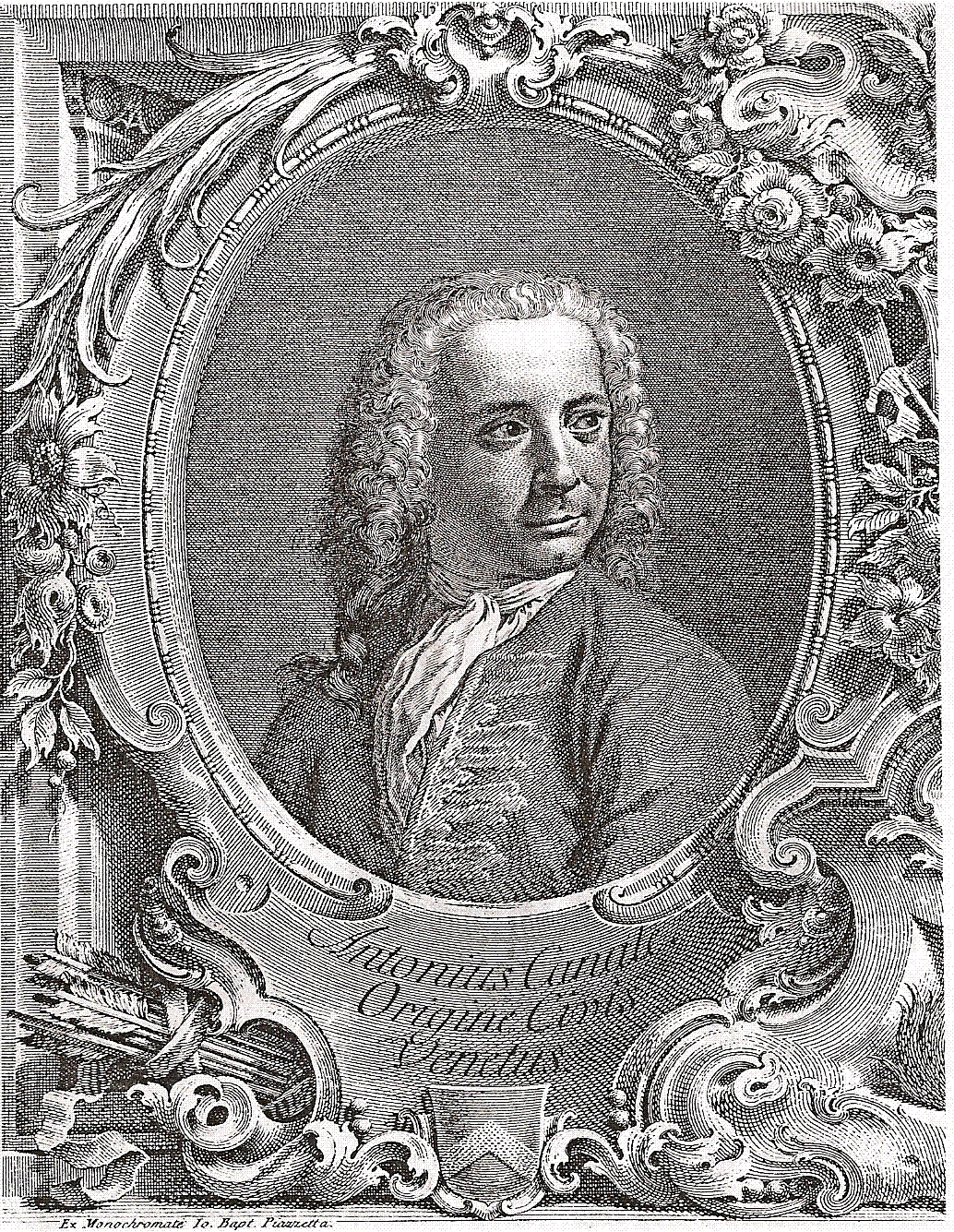
Canaletto, born Giovanni Antonio Canal, was an illustrious Italian painter celebrated for his masterful cityscapes, particularly of Venice and London. Emerging as a topographical painter after 1719, Canaletto became renowned for his detailed and atmospheric views, known as vedute, which captured the essence of Venice and London with a unique blend of accuracy and artistic embellishment. Despite using a camera obscura to achieve precision in his architectural details, Canaletto often infused his paintings with creative adjustments to enhance their appeal.
His early works, such as "The Stonemason's Yard," are particularly prized for their vivid portrayal of Venice's daily life and architectural beauty. Canaletto's paintings were highly sought after by English aristocrats during their Grand Tours, leading him to spend a significant period in England, where he continued to produce esteemed works capturing the English landscape and urban scenes.
Despite his international success, Canaletto's work was less appreciated in his native Venice during his lifetime, only gaining broader recognition and appreciation in later years. His legacy, however, has had a lasting impact on landscape painting, influencing future generations of artists.
If you're interested in staying updated on art exhibitions and auctions featuring Canaletto's work, consider signing up for newsletters from art galleries or auction houses that specialize in historical artworks. This way, you'll be informed about new sales and exhibition events related to Canaletto without any exaggerated language or promises.

